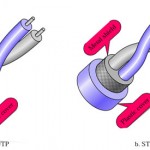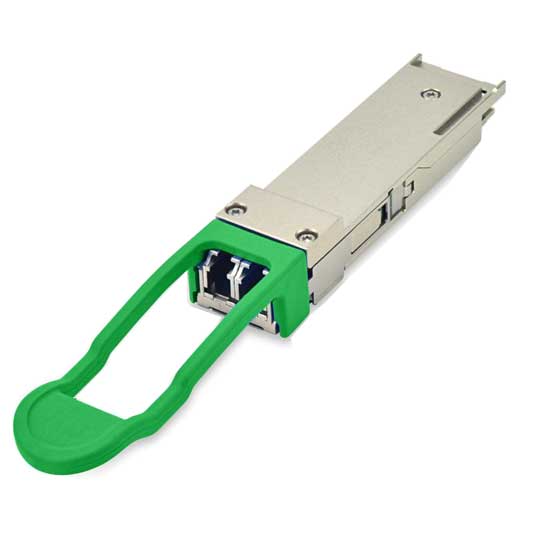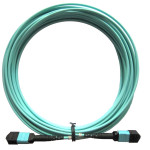Q1: What is the difference among the terms “QSFP56”, “QSFP200”, “200G QSFP” and “200G QSFP56”?
A1: They all refer to the same transceiver type. The electrical data path interface of a 200G QSFP consists of 4 lanes, with each lane transmitting 50Gbit/s data. Each lane of a 200G QSFP is designed to handle up to 56Gbit/s, hence it is sometimes referred to as a QSFP56.
Q2: What 200G Transceivers and Cables are available from TARLUZ?
A2: TARLUZ offers 200G connectivity solutions including transceivers that use single mode fiber (SMF) and multimode fiber (MMF), Active Optical Cables (AOCs), and copper Direct Attach Cables (DACs).
Q3: Will it be easy to upgrade 100G links to 200G links without changing the optical fiber type or connectors?
A3: Yes, if the 100G links use either of the following types of fiber, then the links can be upgraded to 200G without changing any of the underlying fiber connectivity:
i) Duplex single-mode fiber with a max length of 2km, or
ii) Parallel multimode fiber, with a max length of 70m for OM3, or 100m for OM4 fiber. The only difference is 200G QSFP-DD SR8 transceiver, it required 16-core fiber, and you can use 200G QSFP56 instead.
Q4: Are TARLUZ 200G Transceivers interoperable with other 200G transceivers in the industry?
A4: Yes, if the non-tarluz 200G transceivers meet the associated industry standard specifications, TARLUZ 200G transceivers provide full optical interoperable.








